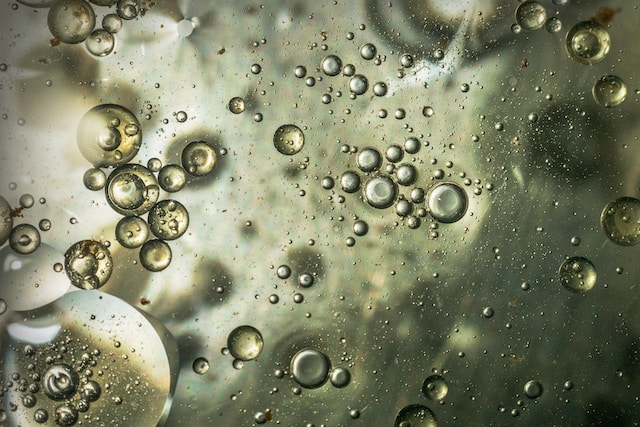
Oil Water Separators: What They Are and Why They Are Used
We all know oil and water don’t mix, especially when spilled. Unfortunately, traces of oil can also clog sewer pipes and damage the environment. Oil water separators are a necessary part of wastewater treatment. Let’s take a closer look at what they are and why they are used.
They Separate Oil from Water
Oil water separators work by separating grease and oils from wastewater. They do this using the difference in gravity. It allows the heavy sludge and suspended solids to settle at the bottom while the grease and oil float to the top. The oil then gets skimmed off and can be used for other purposes or disposed of properly. This process ensures that the water entering a building drainage system or the city sewer is free of unacceptable oil levels, allowing it to be safely discharged. Oil water separators North Carolina can be installed at auto shops, vehicle wash buildings, and factories where petroleum products are manufactured or processed. They are designed to effectively separate gasoline range fuels, diesel fuel, crude oil, vegetable and synthetic oils from wastewater. They also capture sediment and debris. All of this is done without the need for chemicals.
They Control Erosion
All developed countries’ laws dictate that oil-contaminated wastewater and stormwater runoff must be treated before it is discharged into drainage fields or main sewers. Oil water separators prevent oil and other hydrocarbons from infiltrating drainage systems, so they are a must-have for businesses such as petrol stations, industrial yards, construction sites, and marine operations that produce oily wastewater or bilge water.
An oil water separator works by separating light liquid droplets from heavier ones using Stokes’ Law, a physical relationship describing the rising of solid particulates within a fluid heavier than them. As the water moves through an oil separator, it passes through a first-stage filter made of polypropylene fibers. These fibers are oleophilic, meaning they attract and hold oil but not water. They then float in the water as it moves into a second-stage filtration tank. Activated carbon has many tiny pores and adsorbs the remaining free oil. The filtered water then drains into a sanitary sewer system.
They Prevent Oil Spills
Oil water separators aid in the removal of gasoline, diesel fuel, petroleum, vegetable and other types of oils that are lighter than water. They also prevent the entry of unacceptable contamination levels into sanitary sewer systems and storm sewers. Unlike dissolved air flotation (DAF) water treatment, an oil water separator works by separating oil from wastewater using the natural gravitational difference between them. It allows heavier sludge to settle to the bottom and lighter oil to rise to the top, which can be skimmed off or removed from wastewater.
Oil/water separators use stacked plates that increase the surface area over which wastewater passes. It helps oil particulates to collect and merge into larger globules that are more buoyant. They then tend to float to the top of the wastewater, where they can be easily skimmed off. These systems should be sized to process the flow of sewage and associated sediment, even in heavy rainfalls. They should also be inspected and maintained regularly, and their sludge tanks should be emptied periodically to prevent them from filling up and making the system unworkable.
They Prevent Environmental Damage
The oil in wastewater can clog pipes and harm plants, animals, and humans. Whether from cooking oils and grease that homeowners, restaurants, and other commercial interests wash down the drain or petroleum from industrial processes and bilge water from ships, oil can cause environmental damage. An oil water separator collects the oil and allows it to settle to the bottom along with heavy solids. The sludge is skimmed or drained away while the water moves on for treatment. As the water goes through the separator, it passes through a first-stage filter that contains polypropylene fibers. The fibers are oleophilic, meaning that they attract oil. The oleophilic fibers also adsorb the oil to create an oleophilic-to-water slurry. The slurry is then pumped into a second-stage filter that uses activated carbon to remove any remaining oil. The water then discharges into a sanitary drain. Activated carbon can reduce oil below the Federally mandated limit of 15 ppm or less.




